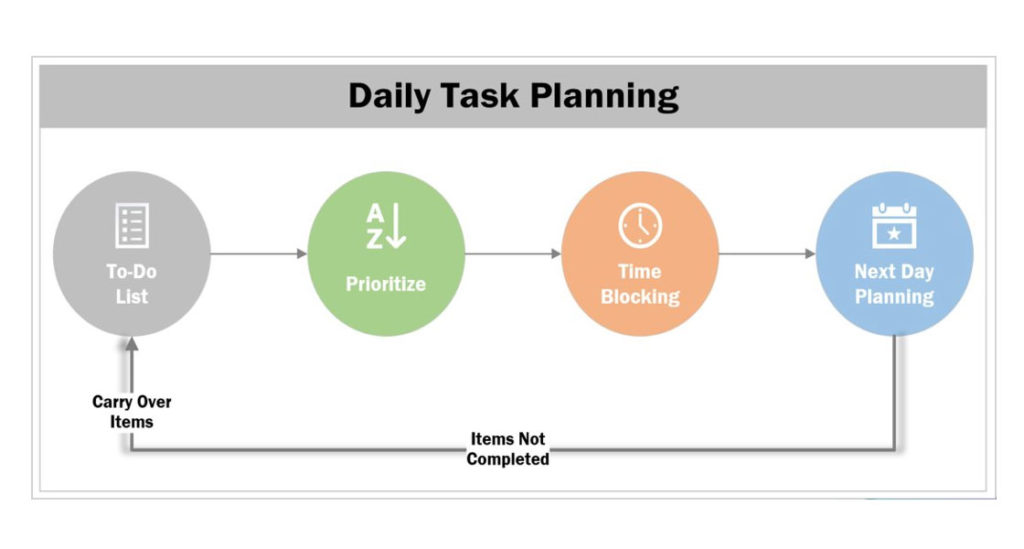Thanks to Applause for providing us with this blog post.
June 28, 2022 was the deadline for EU member states to adopt the European Accessibility Act (EAA) requirements into law. What does the act mean for your business? Here is everything you need to know to prepare your business for the June 2025 compliance deadline and design truly accessible digital products.
Why a European Accessibility Act?
The European Accessibility Act is a new directive that establishes a common set of accessibility rules for software, digital services and hardware sold or used in the EU. In doing so, the act aims to remove barriers created by divergent accessibility rules in the EU member states and improve the functioning of the internal market for accessible products and services.
How does the European Accessibility Act differ from WCAG?
The Web Content Accessibility Guidelines (WGAC) are the main point of reference on accessibility best practices for European companies. However, they have no legal standing and are not enforced. The European Accessibility Act, on the other hand, is legally binding.
By making accessibility enforceable by law, Europe is catching up with countries like the US, where accessibility legislation has been around for a while. In the past, the EU has required public-sector apps and websites to adhere to accessibility requirements under the EU Web Accessibility Directive, but the The European Accessibility Act is the first time private-sector companies have faced accessibility legislation.
What does the European Accessibility Act say?
While WCAG and the European Accessibility Act differ from an accessibility standpoint, they share many of the same foundational principles. In alignment with WCAG, the European Accessibility Act builds on four key accessibility best practices known by the acronym POUR: to be accessible, content must be perceivable, operable, understandable and robust. In other words, people with disabilities must be able to make out key content elements, be able to use and navigate user interfaces, understand what they are seeing and reliably use assistive technologies like screen readers.
However, the European Accessibility Act itself does not provide any technical accessibility standards. This means that it is up to each member state to decide how they will achieve the aims of the directive.
Which people and products are covered by the EU Accessibility Act?
Both people with disabilities and the elderly come under the scope of the European Accessibility Act. The requirements apply to key products and services that need to be accessible for these groups to participate equally in society:
- Computers and operating systems
- ATMs, ticketing and check-in machines
- Smartphones
- TV equipment related to digital television services
- Telephone services and related equipment
- Access to audio-visual media services such as television broadcast and related consumer equipment
- Services related to air, bus, rail and waterborne passenger transport
- Banking services
- e-Books
- E-commerce
While the European Accessibility Act aims to reduce barriers for people with disabilities, it benefits all EU citizens. The European Commission provides the following examples: “people trying to hear travelling information in noisy environments like train stations, or trying to get money from ATMs on a sunny day, or employees working with enlarged documents to avoid eye strain will also greatly benefit from further accessibility.” The legislation will also help people with temporary disabilities; for example, someone with a broken arm or carrying a baby who needs to be able to operate a mobile app with one hand.
How long do companies have to comply with the European Accessibility Act and how long does it take to prepare?
Companies have until June 28, 2025 to comply with the European Accessibility Act. While this may sound like a long time, the reality is that companies need to start preparing now. The three-year timeframe was not chosen arbitrarily; it speaks to the expected complexity involved in implementing the new requirements. By way of comparison, when the EU adopted the General Data Protection regulation (GDPR), companies were only given two years to prepare — and everyone remembers how complex that turned out to be. Come the deadline to comply with GDPR, 80% of businesses were still not compliant and 27% had not even started. Those who did not comply by the deadline were subject to steep fines.
Which companies are impacted by the European Accessibility Act?
Like GDPR, the European Accessibility Act will have a global impact. Companies creating software, digital services and hardware that are sold or used in the EU must comply with the EAA regardless of where they are based. Under a phenomenon known as the Brussels Effect, many companies outside of the EU will find themselves adopting the European Accessibility Act’s requirements in order to continue doing business with Europe.
There are some exceptions. The European Accessibility Act does not apply to businesses with fewer than 10 employees and an annual turnover of less than two million euros, for whom implementing the legislation would cause undue burden. There are also very specific exceptions, such as for archived content.
What is the penalty for noncompliance with the European Accessibility Act?
Each individual EU member state is responsible for enforcing the European Accessibility Act, which means that they can decide the penalties. However, they must enforce noncompliance in a way that is “effective, proportionate, and dissuasive” and consumers must be able to report infringements to a court or the enforcing body in that country.
It is also worth making clear that fines are not the only penalties companies will face by not complying with the European Accessibility Act (or any other accessibility legislation, for that matter). Around 87 million people in the EU are affected by some kind of disability, which means that companies that do not provide accessible digital products are excluding nearly one fifth of potential customers. Companies that prioritise accessibility also build better products, because accessible products are easier to navigate and use, making them more attractive to all users.
How can I prepare for the European Accessibility Act?
Until the directive is implemented into EU member states’ respective national laws, it is unclear what compliance will look like in detail. However, many pieces of accessibility legislation worldwide take inspiration from WCAG, and while the European Accessibility Act doesn’t directly name WCAG as a standard, its accessibility requirements for digital products are based on the same POUR accessibility principles. Therefore, companies that strive for WCAG compliance will likely find that they already achieved many of the European Accessibility Act’s requirements.
Indeed, companies that take accessibility seriously because it is the right thing to do often comply with many legislative requirements by default. The European Accessibility Act is by no means revolutionary in its approach to digital accessibility — it is simply enforcing a set of best practices that any company with an accessibility lead has most likely covered or is in the process of implementing.
It is also worth noting, however, that just because a digital product is accessible by legal definition does not mean that it is inclusive by design; i.e. works as well as it could for people with disabilities. Even if a company ensures individual components meet accessibility requirements, when they put the components together into a user flow, they can fail to provide a good user experience for people with disabilities. Often, this is because developers with good intentions design for compliance without a complete understanding of people with disabilities’ needs.
Many companies do not realise there is a difference between digital accessibility (the ability of a digital product to be easily navigated by people with disabilities, often measured by WCAG) and inclusive design (a human-centric approach to design as part of developing digital products that considers a wider spectrum of aspects affecting a person’s ability to use them). Companies that produce the most inclusive digital products involve people with disabilities in all phases of the SDLC, from market research and design to development and testing.
To understand better how can the digital space understand these realities and address the accessibility needs of more – ideally all – people, join our session on Designing & Testing for the Billion Voices.
Author

Julia Zacharias, Senior Vice President EMEA Customer Operations
As SVP of Customer Operations at Applause, Julia is responsible for EMEA’s Solution Delivery, Testing Services and Community Management functions. In addition, she leads the European part of the global Accessibility Testing Offer and supports customers in the holistic quality assurance of their digital products and services.
Before joining Applause, Julia worked as a project portfolio manager and management consultant, e.g. at Kearney, and is a Certified Program Consultant for SAFe (Scaled Agile).
Applause is an EXPO Exhibitor at EuroSTAR 2023, join us in Antwerp.




 Every year, close to 219 billion emails are sent. Research shows that by end of 2021, that number is going to increase to 316 billion emails per year. There are going to be around 4.1 billion email users by the end of 2021. The way we use email is going to be really, really important for companies, especially if you’re working in high-performance teams.
Every year, close to 219 billion emails are sent. Research shows that by end of 2021, that number is going to increase to 316 billion emails per year. There are going to be around 4.1 billion email users by the end of 2021. The way we use email is going to be really, really important for companies, especially if you’re working in high-performance teams.
